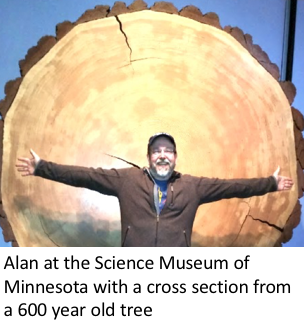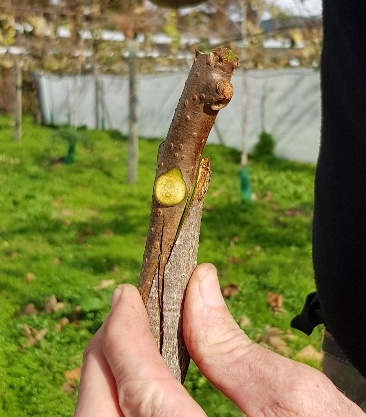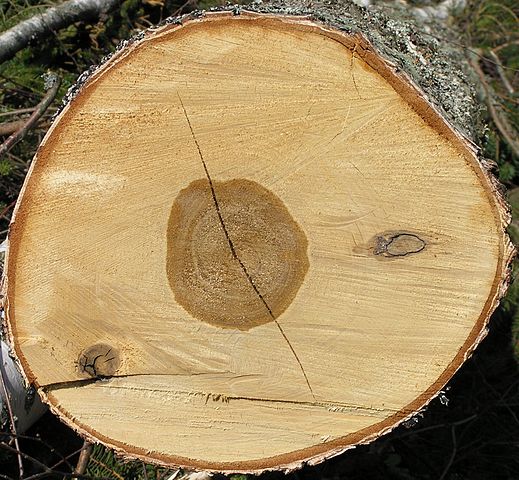6.2 Woody Growth
Learning objectives
By the end of this lesson you will be able to:
- Understand primary and secondary growth of trees.
- Explore the factors that affect the rate of tree growth.
Introduction

Long-lived trees like bristlecone pines can live more than 5,000 years! Understanding how trees grow can unlock a record of the environment a tree has experienced through its lifetime, and provide a record of the climate conditions during that period. In this exercise you will compare how trees grow in height (primary growth) and diameter (secondary growth).
Please watch this short video for a brief review of the two growth types: Growth of Woody Plants Animation.
https://www.youtube.com/watch?v=pYQKKcGK-cY
A longer and more detailed video on secondary tree growth can be found here: How Trees Grow
You can also review the previous lessons on apical meristem growth. As you review the lessons and videos, think about the environmental and genetic factors that affect the rate of secondary growth of trees.
The study of tree rings is called “dendrochronology,” — the science of determining environmental change using annual growth rings in trees. Here’s a short video on Dendrochronology (Tree Ring Dating).
Here’s another optional video on the nitty gritty of collecting a tree ring “Dendrochronology: How to Core a Tree.”
The photograph below shows a grafted kiwi vine. Notice the bright green vascular cambium on the outside edge of the cut branch, just below the brown bark. These are the actively growing cells, where cell division and production of xylem and phloem in each growing season are produced. This fast growth often causes the bark to “slip” as it is expanding and making room for the new growth under it. During the summer, you may take a young branch and easily peel the bark away from wood below. You will notice that it is quite wet. This time of year is generally good for propagation techniques like grafting, especially T-budding (you will learn this method later) because the plant tissues used are at the right stage of growth. Plant propagators take advantage of these natural processes for the best results.

Below the cambium, working to the center of the tree, is the sap wood. Sap wood is still functional for moving water from the roots. You can identify it because of its color, and it may be noticeably wet. The next layer inside is the heart wood. This is what is typically used in lumber. The wood is functioning to support the tree, but it no longer has the capacity to move water.

Review questions
- What causes the altering dark and light rings?
- Explain why you would, or would not, see these rings in a palm tree. Hint: palms are monocots.
- In your own words, describe how tree rings can help us understand climate over long periods of time.
- Where is the phloem in each of the images above? What does it do?

